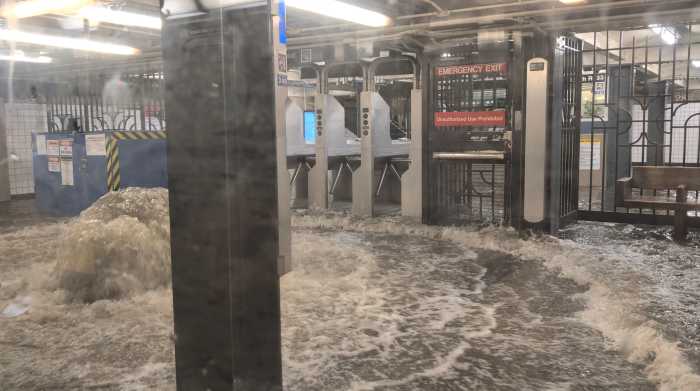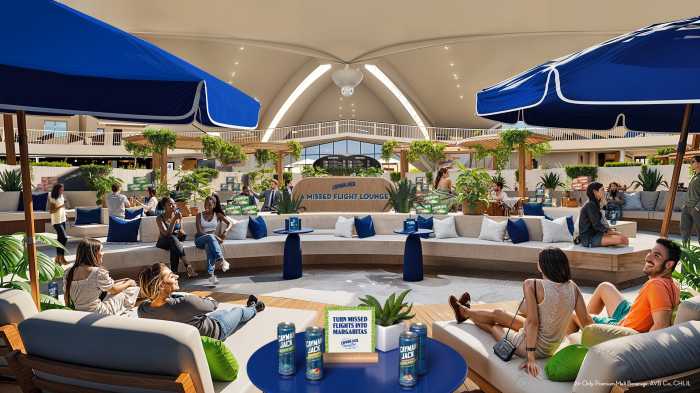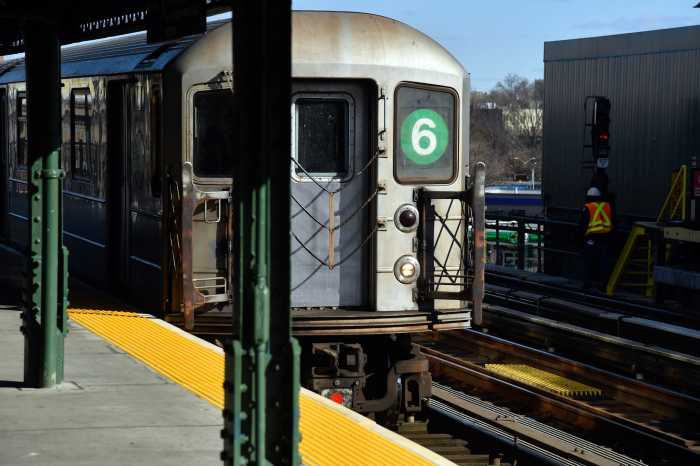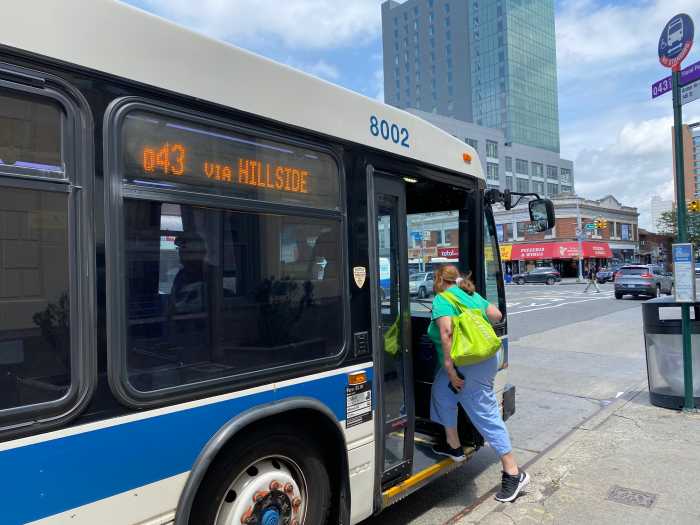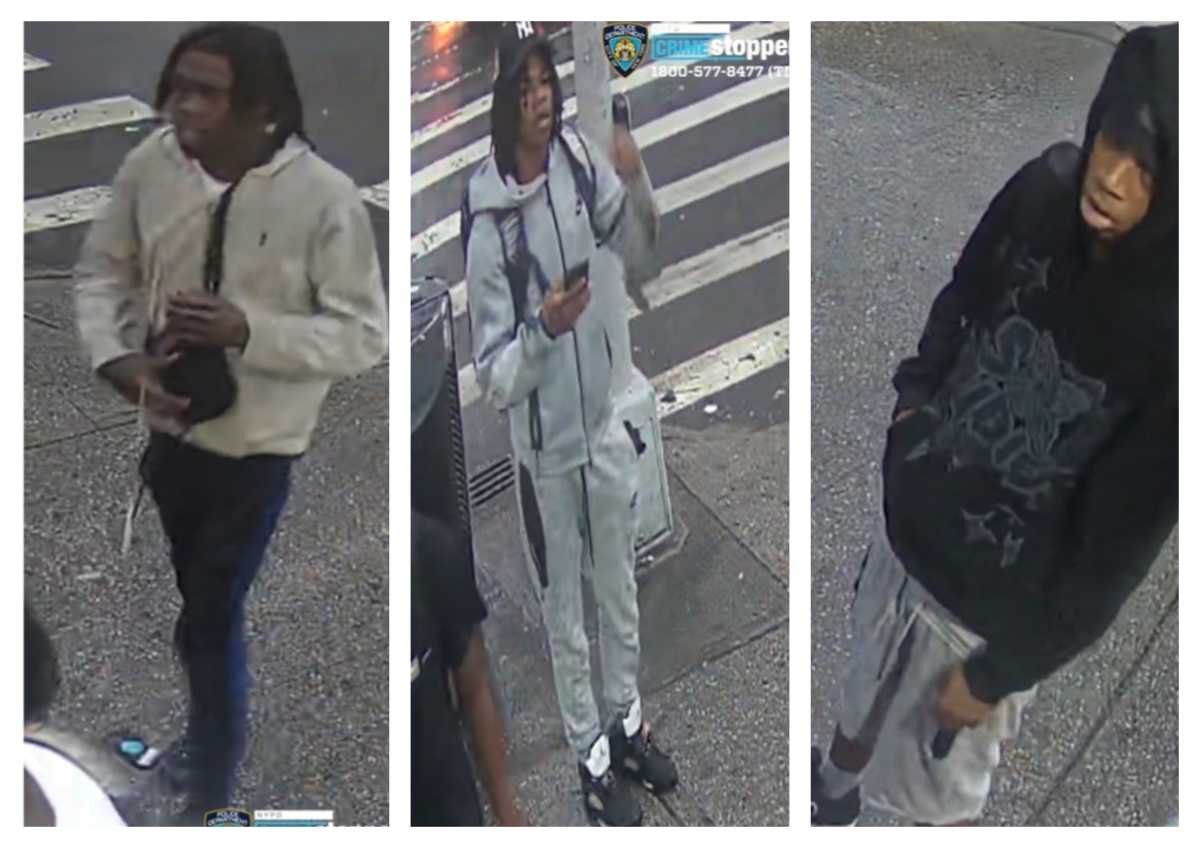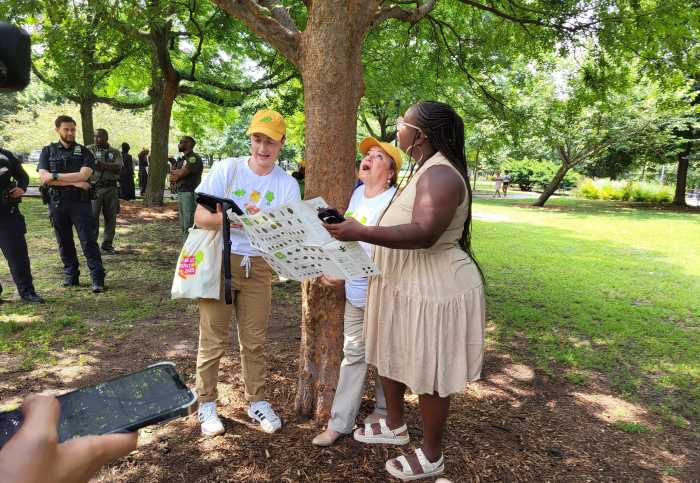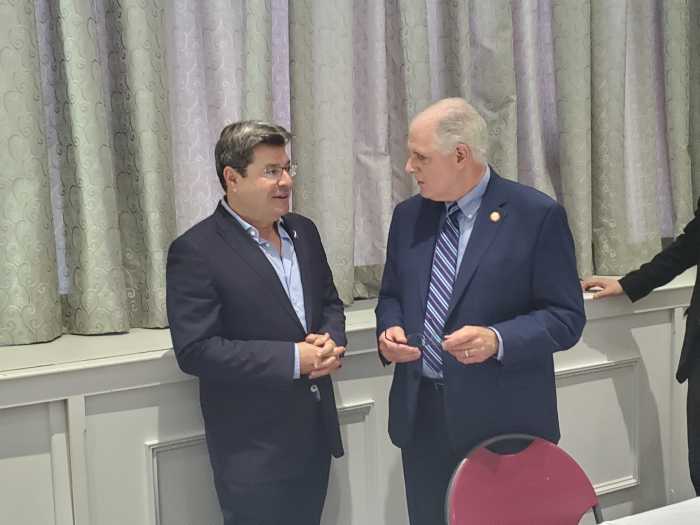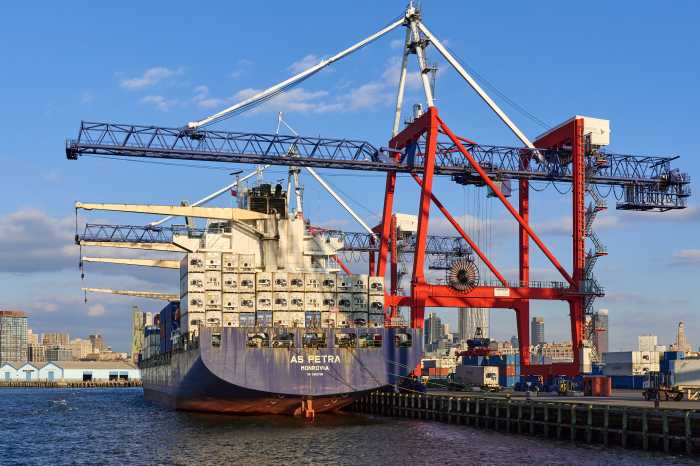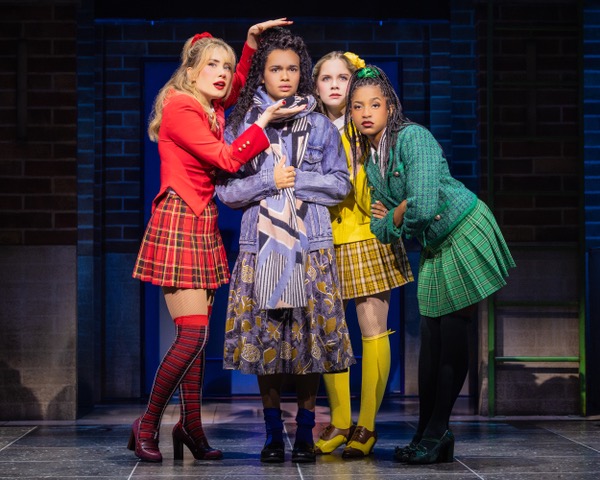Astoria residents have a question for the city: why a streetcar?
About 60 or so commuters filtered into the Variety Boy and Girls Club in Astoria Monday night for the first public “visioning sessions” around the Brooklyn Queens Connector.
The BQX, as it’s called, is Mayor Bill de Blasio’s $2.5 billion streetcar plan to link Sunset Park, Brooklyn, to Astoria, Queens, along a 16-mile route.
De Blasio wants the streetcar to be a vital link for the rapidly developing corridor. In an area were most mass transit moves east to west — to get people from the outer boroughs into Manhattan — the BQX would travel north to south to accommodate the new job hubs growing in Brooklyn and Queens.
At the north end of the BQX footprint, in Astoria, many residents agreed that the link into Brooklyn is much needed — they were just skeptical as to whether a streetcar was the best way to do it.
“It’s not a little amount of money and you have to wonder why can’t you just send a bus along the route,” said Pete Trivilas, a retired construction worker from Astoria, who favored some form of dedicated bus lane for area.
Arlene Fama, a lifelong Astoria resident and retired finance worker, was concerned about the streetcar’s right of way and how it would interact with, or cause, traffic.
“This area had streetcars in the early 20th century and there’s got to be a reason why they’re not here any more,” Fama said.
Many of the old trolley lines that operated in the city died in the 1950s as the city began favoring buses. Now, the De Blasio administration is looking at other cities that have lead a streetcar revival, like Portland, Oregon, or Strasbourg, France, to bring New York its own system.
“The mode of transit, in part, needs to be responsive to the density,” said Ryan Russo, the Deputy Commissioner of the city Department of Transportation, when asked about the decision to go with a streetcar for the route. “We have to think hard about the best way over the long term to serve what is an exciting amount of development, change and job generation so that’s where the vision comes from.”
Officials and staff from the DOT and New York Economic Development Corporation were on hand to take public input at the meeting. Residents were split up into groups of seven or eight and sat with two staff members. They discussed travel patterns and suggestions for the route, pinpointing specific ideas on a large map draped over folding tables.
At this early stage, many of the BQX details haven’t been hammered out yet, like whether fares will be integrated with the MTA’s payment system or where the streetcar will be given the dedicated right of way along the route.
The city hopes to provide fare integration with other networks, like subways and neighboring fast ferries. It also wants to build a route with 70 percent of the right of way dedicated to the streetcar.
“Communities like the one here tonight I’m sure have a number of questions, concerns and needs,” NYCEDC President Maria Torres-Springer said to the crowd at the start of the meeting. “Tonight’s session is about beginning that discussion.”
Preliminary estimates from the city suggest that the BQX would carry 15 million riders each year. Streetcars would travel at approximately 12 miles per hour, making stops about every half mile along the route that will also link 13 NYCHA developments where more than 40,000 residents live.
“That diversity along this route is really special,” said Ya-ting Liu, the Executive Director of the support group Friends of the BQX. “The city is taking a bold step here with surface-level transit and that’s exciting.”
The city hopes to break ground on the project in 2019 or 2020, with service beginning in 2023. After two months of public input, residents can expect more details in a preliminary report on the project from WSP/Parsons Brinckerhoff in the fall.



